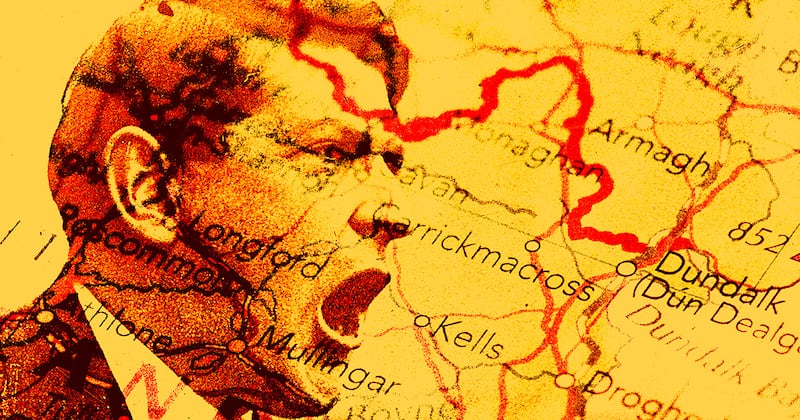Seán Keating's Men of the South is the most famous painting of the War of Independence. It was the cover image for the bestselling Atlas of the Irish Revolution, produced by Cork University Press in 2017, and appeared on a stamp issued by An Post last year.
The image of IRA men, weapons in hand, staring purposefully into the distance is set in a rural landscape, yet it was staged in a studio after the War of Independence ended.
It was based on the concept of the Greek frieze, which often depicted heroic figure readying for battle.

The men involved were all part of the Second North Cork Brigade and are all identifiable. They are Jim Riordan, John Jones, James Cashman, Denis O'Mullane, Roger Kiely and Dan Brown.
They turned up at the door of the Dublin Metropolitan School of Art in summer 1921, after the truce. The frightened porter noticed their guns and assumed Keating was to be shot.
Conspicuous by his absence was the column commander, Sean Moylan, a friend of Keating. It was a measure of the fraught nature of the truce that Moylan declined to be painted as he feared being identified by the British authorities.
Moylan, who went on to become a Fianna Fáil government minister, later regretted not being in the painting. "It seems a poor reason now, but that was the only reason."
A lesser-known version of this painting, An IRA Column 1921, hangs in Áras an Uachtaráin.
Men of the South was first shown at the Munster Arts Club exhibition in 1922 in Cork. Nearly three years later it was purchased by the Crawford Art Gallery for £200 and has been there since.










